The Road Safety and Insurance Fund Service (RSIFS) plans to establish an Emergency Medical Services Fund (EMSF) to cover treatment costs for road accident victims. The fund will be financed through contributions from insurance companies. A new directive, currently open for stakeholder feedback, proposes raising the maximum emergency medical expense per victim to 15,000 Br, up from the previous 2,000 Br.
Each insurance provider will be required to contribute three percent of their gross premiums from third-party auto insurance policies. The RSIFS will also contribute three percent of the funds collected from insurance providers.
The Ministry of Health (MoH) will oversee the fund’s utilisation. Once regional health bureaus have used 75pc of their allocated funds, they can request additional funding from the Ministry, which will assess and approve further allocations. The Ministry is also responsible for ensuring that the funds are used appropriately and in compliance with regulations. It provides guidance and support to regional health bureaus to ensure effective fund management.
Established by a Council of Ministers regulation in 2022, the RSIFS has recently introduced revised premium rates and higher compensation amounts to improve emergency medical services for accident victims. Premiums have increased by up to 150 percent, and a digital system for recording and reporting accidents is being implemented.
Hospitals and health centres providing emergency care to road accident victims are entitled to reimbursement for their expenses.
Unlike previous regulations, the new directive allows a medical professional or emergency medical coordinator to complete a Vehicle Accident Medical Evidence form in the absence of a police report.
Federal and regional authorities had struggled to coordinate emergency medical services for accident victims. The revised directive intends to address inefficiencies and improve service accessibility.
Chala Feyissa, lead executive of the Service’s post-accident report department, says that under the previous system, 18 insurance companies, including the Fund itself, were responsible for reimbursement. Payments required constant mechanisation to process claims for injuries of all severities. Emergency treatment was privately funded by insurance companies, but this approach proved insufficient.
One of the main problems was ensuring accurate accident reporting for reimbursement. The new directive allows hospitals to verify and administer treatment, with expenses later reimbursed by the Fund. However, if criminal activity is suspected, the federal police take over the case.
Last year, the Service paid 33 million Br to hospitals and health centres nationwide, covering 16,000 road accident victims. An additional 69 million Br in reimbursement requests from regional health bureaus are currently awaiting processing.
Degesew Derso, head of emergency and critical care services at the MoH, revealed that fewer than 750 health centres have received third-party insurance reimbursements out of 30,000 healthcare facilities nationwide.
He says that there is a mismatch between the low vehicle-to-population ratio, about one vehicle per 100 people, and its high rate of road accidents. The sub-Saharan Africa accounts for 90pc of the world’s road injuries.
Hospitals face reporting problems, often requiring police confirmation before processing accident claims, as vehicle accidents are frequently treated as criminal cases rather than civil incidents. These payment and reporting hurdles have made hospitals reluctant to accept third-party insurance patients.
In the 2023/24 fiscal year, the MoH spent 25 million Br to cover insurance services for 35,315 road accident victims. The Ministry reports that 14,320 cases in the past six months are still awaiting reimbursement.
The new directive mandates the digitalisation of third-party insurance payments. This year, the Service secured 2.4 billion Br through a digitised system, covering 510,000 vehicles under third-party insurance.
Assefa Addisu, advisor to the State Minister for Transport & Logistics, says that there is a need for a sustainable emergency treatment fund. He acknowledged that current hospital reimbursement mechanisms for accident-related treatments are inadequate.
He argues that there has to be a dependable resource mobilisation mechanism and the need for an organised fund to ensure reliable emergency care for both hospitals and patients.
Historically, third-party insurance payments were made to the RSIFS, which the MoH then disbursed to regional and city governments before reaching the healthcare system, a slow and cumbersome process.
The new draft directive aims to digitise the process, allowing direct reimbursements by the Fund. The MoH would intervene if 75pc of the Fund’s resources are depleted.
According to Assefa Addisu, the problem is compounded by hit-and-run accidents and hospitals that refuse third-party insurance treatments due to reimbursement delays. Some hospitals also limit treatment and medication. Research shows that 50pc of road accident deaths result from inadequate medical care, including poor ambulance services.
“It’s one of the reasons we raised the treatment ceiling to 15,000 Br,” said Assefa.
For the past year, the Ministry of Transport & Logistics (MoTL) has been developing an accident data management system for 1.3 million dollars with input from the MoH and the Service. The system is ready for implementation.
Fikadu Addisu, reimbursement focal person at Mohammed Aklie Memorial Hospital, located on the high-traffic Djibouti-Dire Dawa corridor, reported that the hospital handles up to 100 emergency accident cases per month during peak seasons but struggles to receive reimbursements. It has not been reimbursed in over a year, with a 300,000 Br claim pending for six months due to regional funding shortages.
Fikadu says that most accident victims lack traffic or police reports, complicating reimbursement claims.
“It’s the patient’s right to receive treatment, so we cannot refuse care,” he said.
Government hospitals across the country face a severe financial crunch. Delayed reimbursements drain working capital and worsen debt repayments to the Ethiopian Pharmaceutical Supply Service (EPSS).
However, there are worries that hospitals might refuse emergency treatment and will face no accountability, as no authority has been clearly designated to oversee and question them. This leaves accident victims struggling to access healthcare.
The lack of a complaint reporting system also makes it difficult to hold hospitals accountable for malpractice.
Daniel Terefe, head of the contract & reinsurance department at Ethio Life Insurance, stated that insurers previously paid 13pc of their premiums to the ERSIS, three percent for third-party insurance emergency treatment and 10pc for non-medical reimbursements.
Last year, 18 insurance companies contributed 500 million Br to the Service. Daniel says that the new premium increases per vehicle forced many cars off the road, with owners parking them at home or in garages during the first two quarters. As a result, the number of insured vehicles dropped by up to 40pc. However, necessity has driven many owners to resume paying premiums.
The directive is currently open for stakeholder feedback. Ethio Life has submitted recommendations, including: defining non-operational vehicles as uninsured; clarifying premium rates for electronic and semi-electronic vehicles; and expanding payment options, as the directive only allows Telebirr for Fund contributions.
Research from last year shows various problems in the insurance sector, including: unfair compensation awards, delays in claim settlements, confrontational negotiation approaches, frequent claim denials, lengthy litigation processes, and the absence of an independent referee for disputes.
A study found that 49.6pc of pedestrian accident victims sustained injuries, with motorcycles involved in 42.9pc of cases. More than half did not receive pre-hospital care. Upon arrival at medical facilities, 38.7pc were in critical condition, with 71.4pc requiring surgery. While 84.9pc were discharged with improvement, 12.6pc did not survive.
The MoTL implemented a digital system last year, allowing traffic police to access detailed vehicle information by inputting a license plate number. The Ministry reports spending 23 million Br on stationery annually, and the digital system aims to cut these costs.
With the new system, all stakeholders can access accident data instantly, reducing investigation time. Officials argue that manual reporting often led to attempts at system manipulation.
Insurance expert Tamiru Degelo sees the directive as a positive step toward a separate accident fund. However, he says there needs to be immediate reimbursements to hospitals to ensure effective treatment.
While reimbursement amounts have increased, so have healthcare costs due to inflation. He called for a strong reporting mechanism to speed up treatment and payments.
PUBLISHED ON
Feb 23, 2025 [ VOL
25 , NO
1295]
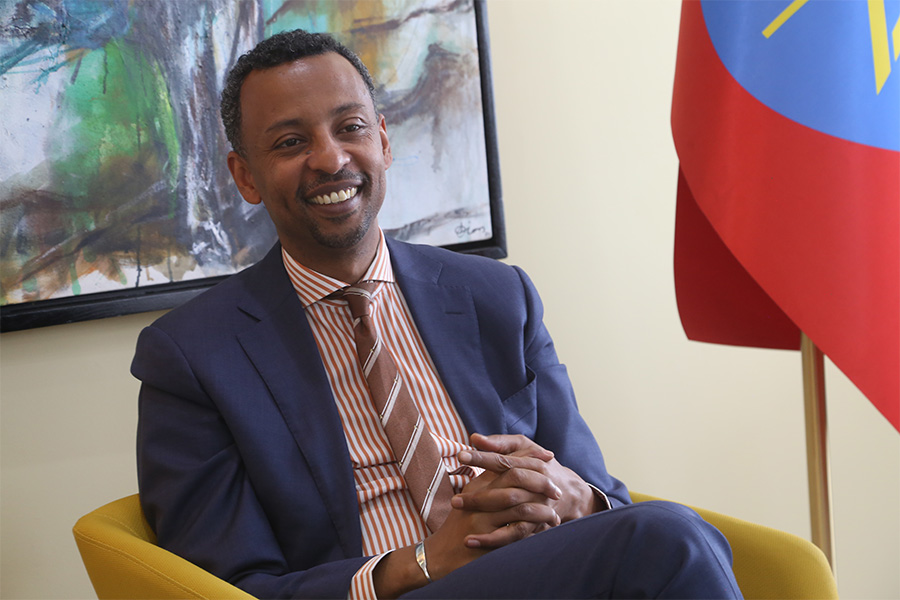
Dec 22 , 2024 . By TIZITA SHEWAFERAW
Charged with transforming colossal state-owned enterprises into modern and competitiv...

Aug 18 , 2024 . By AKSAH ITALO
Although predictable Yonas Zerihun's job in the ride-hailing service is not immune to...
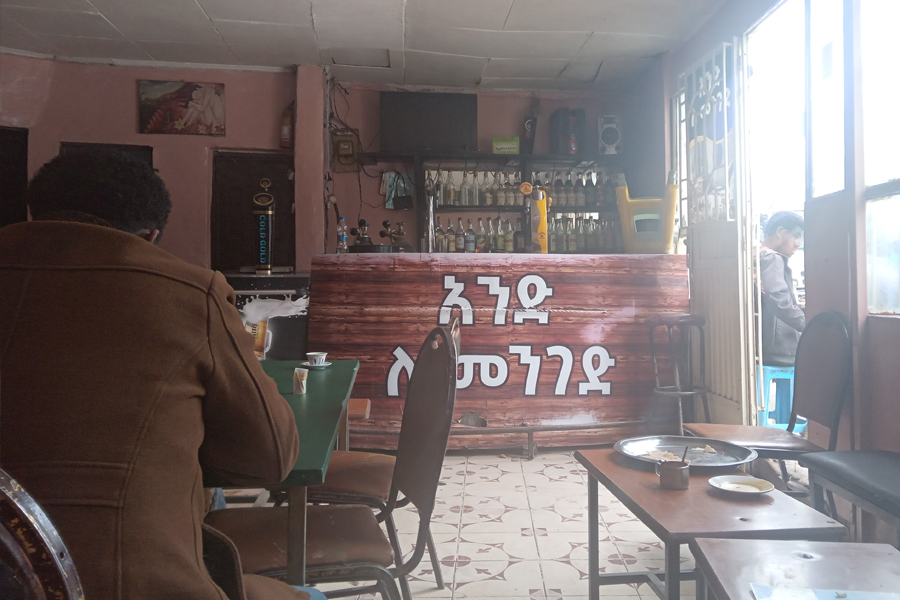
Jul 28 , 2024 . By TIZITA SHEWAFERAW
Unhabitual, perhaps too many, Samuel Gebreyohannes, 38, used to occasionally enjoy a couple of beers at breakfast. However, he recently swit...

Jul 13 , 2024 . By AKSAH ITALO
Investors who rely on tractors, trucks, and field vehicles for commuting, transporting commodities, and f...
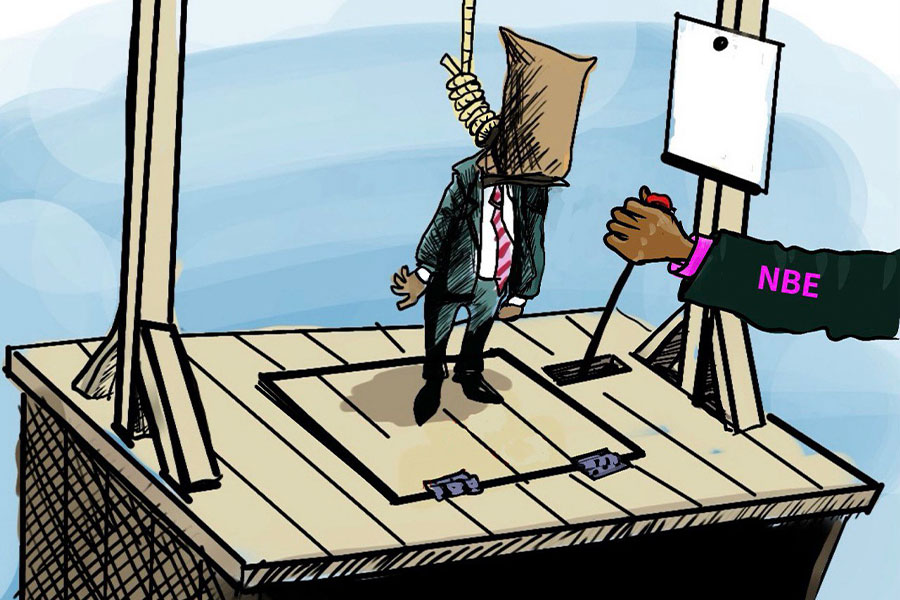
Nov 1 , 2025
The National Bank of Ethiopia (NBE) issued a statement two weeks ago that appeared to...
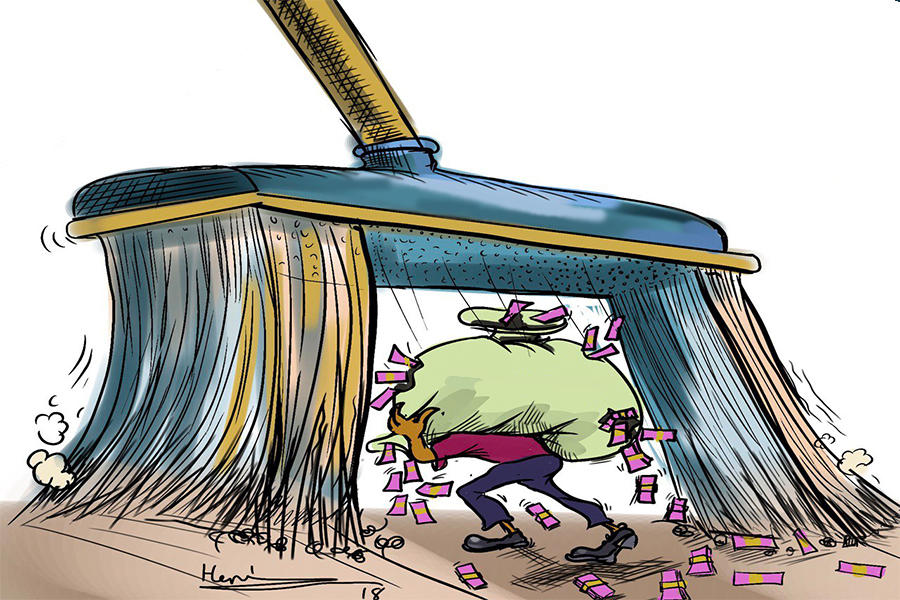
Oct 25 , 2025
The regulatory machinery is on overdrive. In only two years, no fewer than 35 new pro...
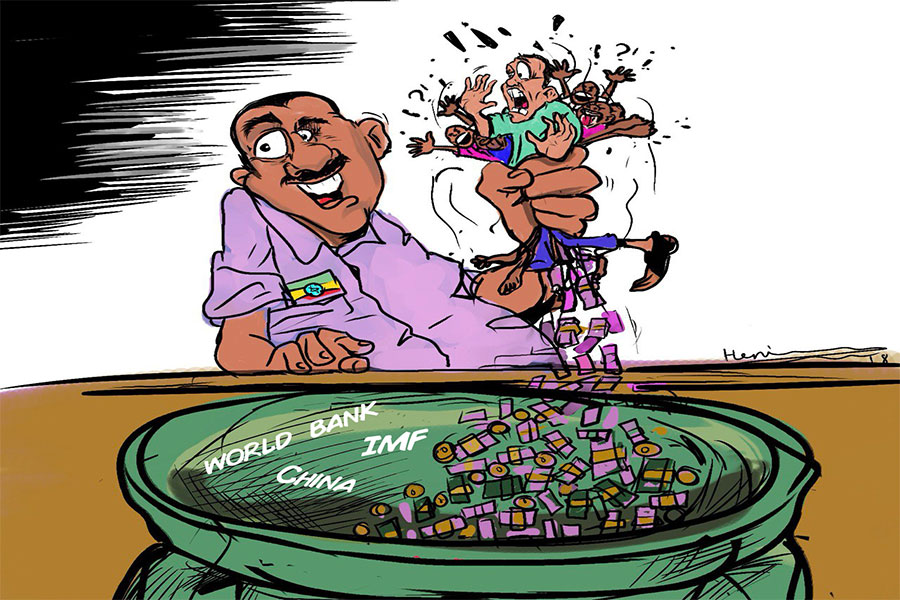
Oct 18 , 2025
The political establishment, notably the ruling party and its top brass, has become p...

Oct 11 , 2025
Ladislas Farago, a roving Associated Press (AP) correspondent, arrived in Ethiopia in...